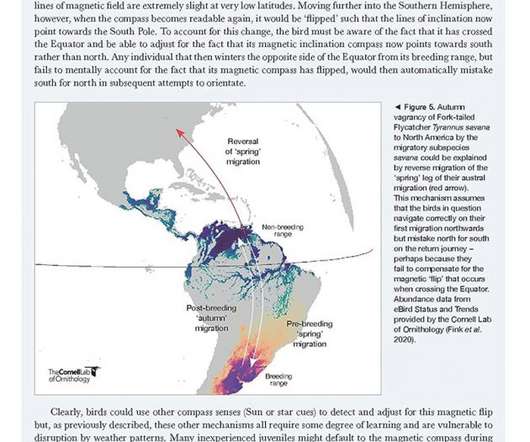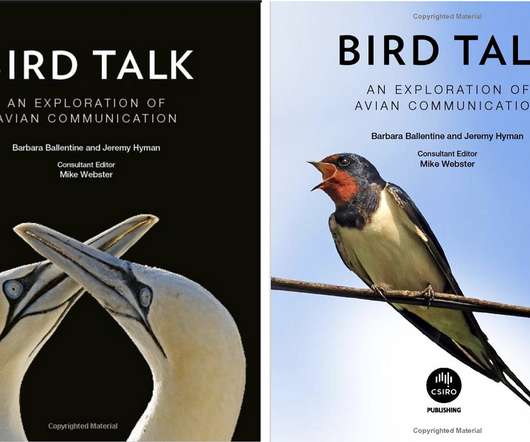Vagrancy in Birds: A Book Review
10,000 Birds
APRIL 5, 2022
Less and Gilroy sort through the exogenous (external) and endogenous (internal) factors thought to cause vagrancy and the scientific experiments that have sought to prove their significance with patience and plain language as well as charts and photographs. It’s not always easy reading.












Let's personalize your content